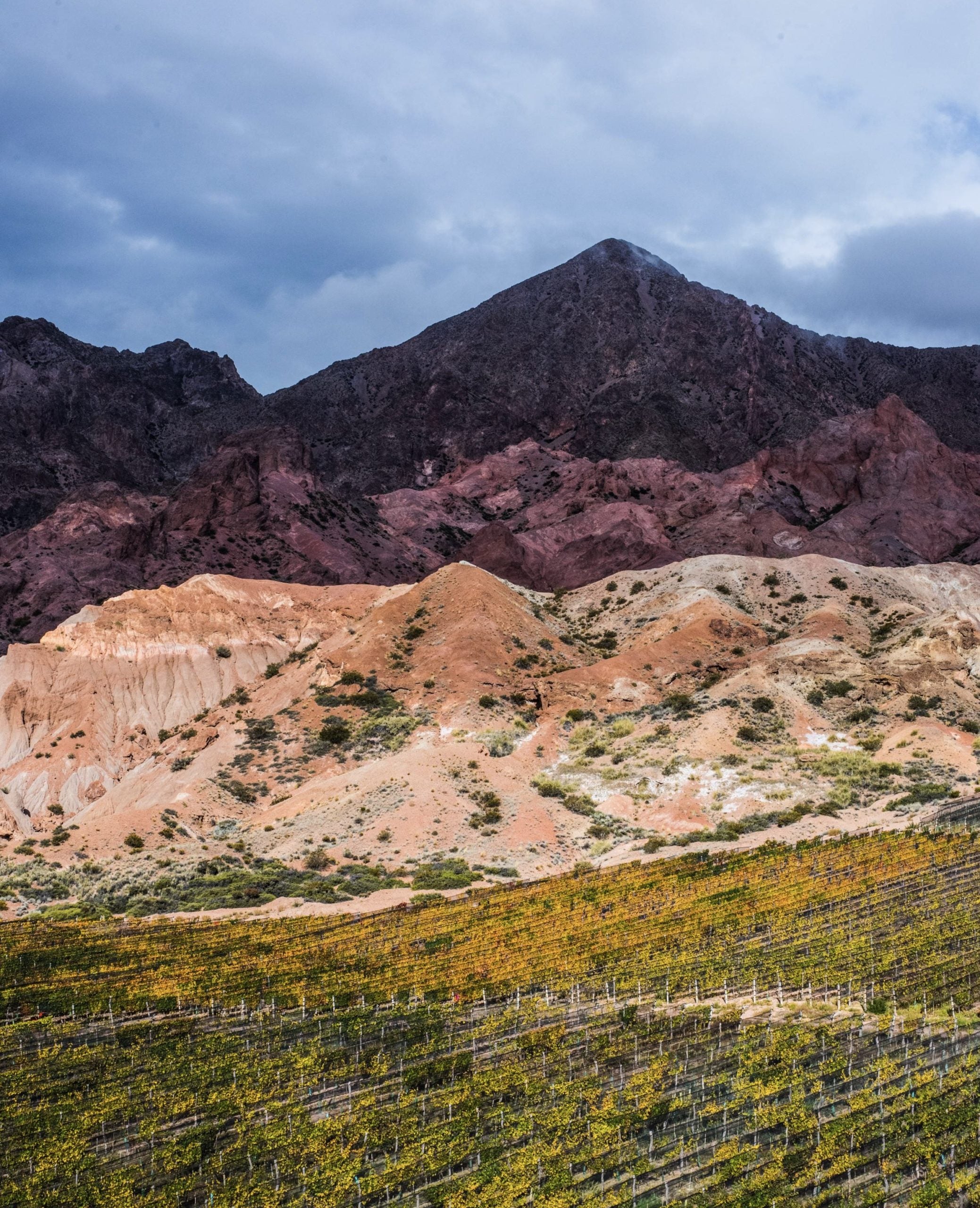| In a country with one of the world’s most important mountain chains providing the entire western frontier, it’s no surprise that altitude plays a major role in Argentina’s wines. Over three-quarters of Argentina’s vineyards are situated at the foothills of the Andes mountain range and most of them are planted at over 700 metres above sea level (700m), giving their wines a unique high-altitude personality. While Europe’s vineyards are capped at around 1,200m, Argentina’s highest scrapes the sky at 3,329m – a reality only possible at the country’s most northern latitudes. But even in the main heartland of central Argentina, the Cuyo region, winemakers have been reaching for the skies… Reaching for the skies in Cuyo Mendoza, San Juan and La Rioja have long been the heartland of Argentine wine, responsible for 95% of the country’s production between them. The flatlands at the foot of the Andes were ideal for the genesis of Argentina’s wine production in the mid-16th century – the abundant water supply from the rivers and fertile alluvial soils helped the industry to blossom. However, in the 1990s an important shift to quality wine began to see new vineyards and wine regions pushing higher into the Andean foothills – in search for cooler temperatures, more interesting soil profiles and greater access to increasingly scarce water supplies. Gualtallary, one of the first new landmark wine regions at higher altitude, pioneered by Chandon and Catena Zapata in the early 1990s, sits at over 1,000m. Gualtallary has not only proved itself capable of making top quality white and sparkling wine emphasizing Chardonnay, but also red wines too. It has offered a new face to Argentine Malbec which has a more floral, wild herb profile with mouthwatering acidity and chalky tannins. Its vineyards reach to over 1,600m, with Chandon’s sister winery, Terrazas de los Andes, now claiming the highest spot at El Espinillo (1,650m). |
| San Pablo is another new wine region in Uco, pioneered by Bodegas Salentein in 1996. Today, Zuccardi and Tapiz among others are taking advantage of its uncommon microclimate at high altitude, which gives 500mm of rain a year (this contrasts sharply with Mendoza’s average of less than 150mm a year). And Salentein is now placing its bets on an even higher vineyard, planting Riesling and Albariño at over 1,700m, creating a new frontier for this cool sub-region and a new dimension to Argentina’s white wines. Beyond the Uco Valley, Mendoza’s wine regions are also expanding into the Andes in new territories within the mountain range. The exciting vineyard of Estancia Uspallata is now the highest altitude in Cuyo. Sitting at over 2,000m, it is surrounded by the towering peaks with the continent’s tallest, Mount Aconcagua, at 6,962m, only a stone’s throw away. |
| A different plain in Northern Argentina It is in Northern Argentina that high-altitude vineyards are expanding the fastest. Not only are these areas known for growing corn, the Calchaquí valleys have been producing high-altitude wines for many years. In fact, some of Argentina’s oldest wineries are founded there. El Esteco, founded in 1892, sits proudly at 1,800m, while Colomé, founded in 1831, towers at over 2,300m! Innovation in drip irrigation techniques has allowed further altitude exploration, with ventures such as Colomé’s Altura Maxima vineyard, whose wines are produced at 3,111m. A combination of adequate water supplies, a wide diurnal temperature range and fascinating geology has seen the vineyards of the Calchaquí increase by over 50% in the last 20 years to over 4,200 hectares today. Further to the north, another wine region is now emerging, Jujuy, which tops the charts with its intense Malbec wines, produced at 3,329m. In Argentina, it seems, only the sky’s the limit for new vineyards and wines. Amanda Barnes is an award-winning wine writer and specialist in the wine regions of South America. She is author of The South America Wine Guide (2021), and has lived in the southern hemisphere since 2009. |




